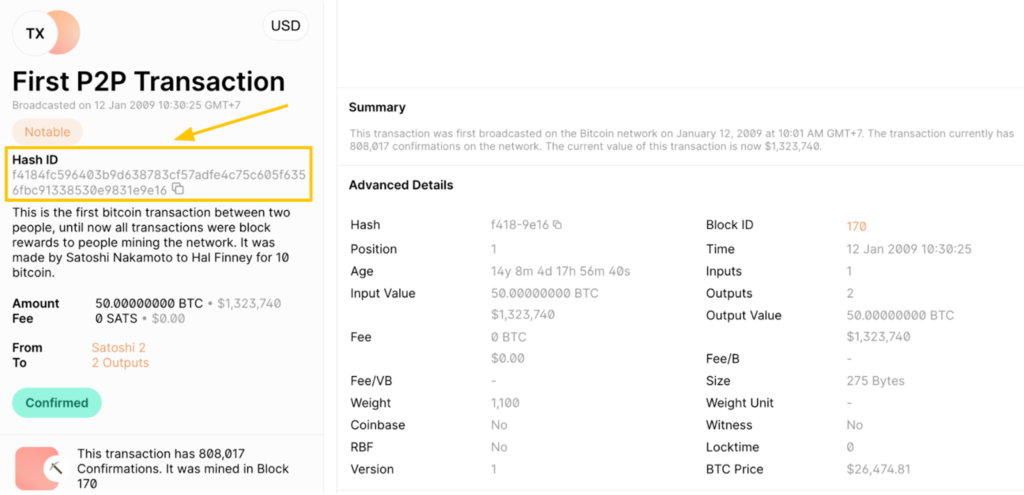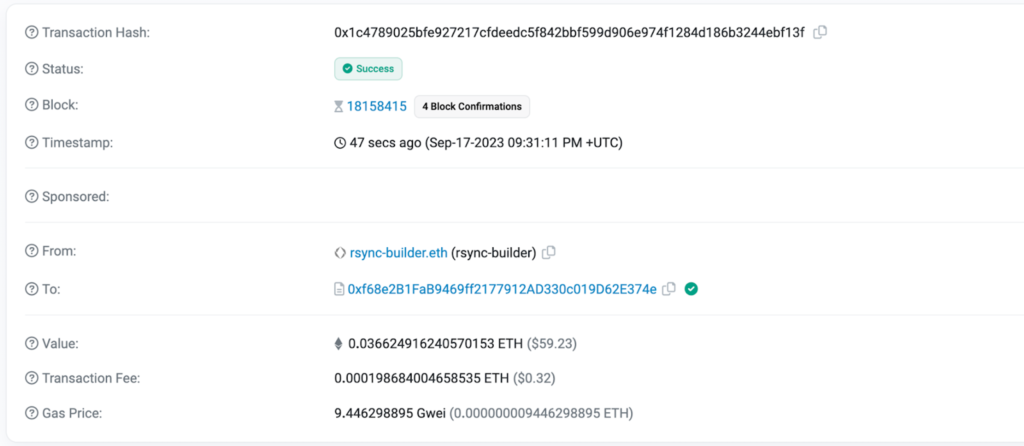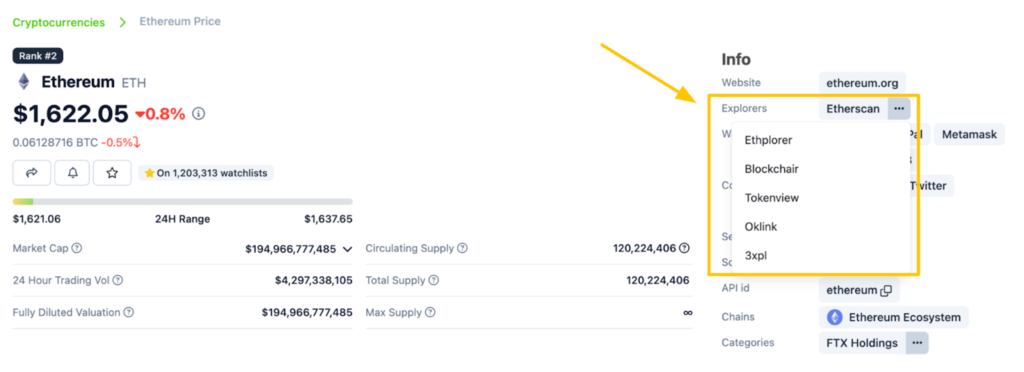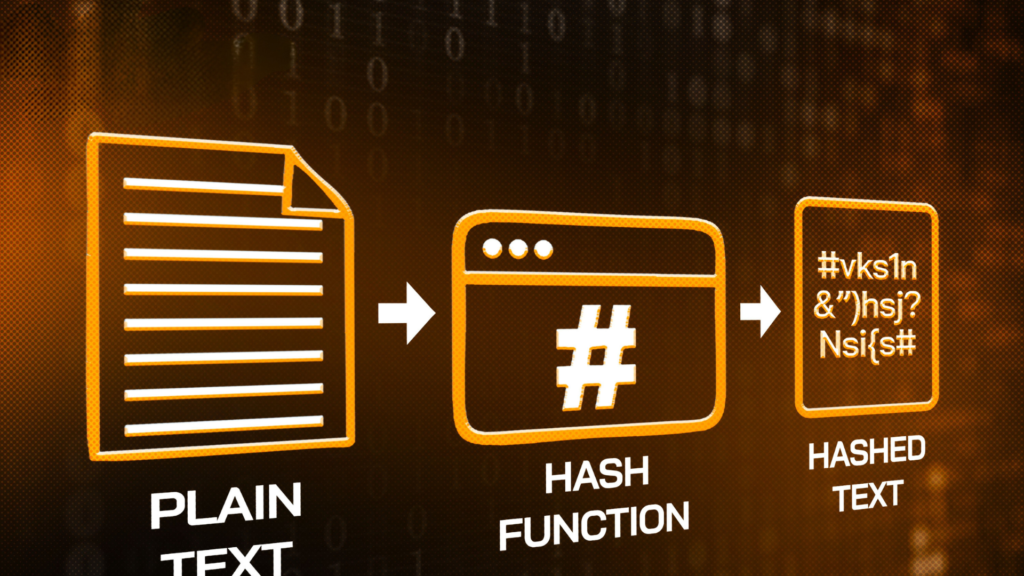In traditional transactions, a transaction ID is a unique string of numbers used to identify transactions made on a system. Let’s explore what a transaction ID is in the context of blockchain, what it’s used for, and how to look up a TxID on a blockchain network.

What is a TxID?
A TxID (Transaction ID) is a string of characters, including numbers and letters, generated by encrypting data related to a cryptocurrency transaction (sending, buying, selling, lending, staking, farming, etc.) that has been validated on the blockchain. A TxID is also known as a TxHash or Txn.
In other words, a TxID serves as an identifier to define and store information about cryptocurrency transactions occurring on a blockchain network. Therefore:
- Each transaction has a TxID.
- Each TxID is unique.
Example: The TxID of the first Bitcoin transaction in the world: f4184fc596403b9d638783cf57adfe4c75c605f6356fbc91338530e9831e9e16

How is a TxID Generated on the Blockchain?
When a user performs a transaction on a blockchain, the blockchain processes the transaction and generates a TxID based on a specific algorithm. Therefore, not all blockchains have the same TxID generation process.
For example, the Bitcoin blockchain network generates a TxID based on a process that includes four main steps:
- Prepare transaction data: This includes detailed information related to the transaction, such as the wallet addresses of the sender and receiver, timestamp, value (number of tokens), fees, etc.
- Sign the transaction: The transactor must digitally sign the transaction to verify the transaction data and authorize the blockchain network to process it.
- Hashing: A specific cryptographic hash function (such as SHA-256) is used to encrypt the input information (including transaction data and the user’s digital signature) into a final hash value.
- Determine the TxID: The hash value is assigned as the TxID, representing the transaction the user has made on the Bitcoin network. Therefore, the TxID is also called TxHash.
Characteristics of Transaction IDs on the Blockchain
Transaction IDs (TxIDs) on the blockchain inherit and maintain the characteristics of blockchain technology, such as:
- Integrity: A transaction that has been validated and recorded on the blockchain cannot be replaced or modified; therefore, the TxID is also immutable.
- Transparency: Transaction information on the blockchain is public, allowing anyone to quickly check and retrieve transaction history through the TxID.
- Anonymity: The TxID does not contain information related to the user’s identity (such as name, age, nationality, etc.). Blockchain emphasizes anonymity, and users are not required to provide personal information to create wallet addresses and perform transactions.
What is a TxID Used For?
Checking Transaction Information
Each TxID represents a transaction that has occurred on the blockchain. Therefore, the TxID acts as a “receipt” to prove that the transaction has been made and your funds have been transferred to another person through a public wallet address.
Users can use the TxID to look up all information related to that transaction through a blockchain explorer, including:
- Status: Completed, failed, pending, processing, etc.
- Block: Which block the transaction belongs to on the blockchain.
- Timestamp: The time the transaction was created.
- From – To: The wallet addresses of the sender and recipient.
- Value: The transaction value (displayed as the number of tokens).
- Transaction fee: The transaction fee.

Tracking Transaction Flows and Tracing Criminals
Tracking TxIDs also helps in tracing criminals in the crypto market. Cryptocurrencies have become more popular over time, however, this has also led to hackers exploiting the market for fraudulent and illegal activities. A series of exploits have occurred on all scales, from small to large.
A prime example is the 2016 Bitfinex exchange hack, which shook the entire crypto market at the time. Hackers stole nearly 120,000 BTC (worth about $72 million at the time). The U.S. Department of Justice got involved in investigating the incident, continuously tracking transactions and tracing the hacker’s wallet address through TxIDs.
Nearly 120,000 of the hacked BTC were transferred to a single Bitcoin wallet and remained mostly unused for years, as the hacker knew they were being monitored by law enforcement. However, they devised various ways to “launder” this BTC into cash by transferring it between wallets and exchanges to create confusion.
The hacker’s money laundering efforts were eventually thwarted when the FBI traced those transactions and arrested the perpetrators, a married couple: Ilya Lichtenstein (34 years old) and his wife Heather R. Morgan (31 years old) on charges of fraud. The stolen funds were recovered, and the victims were able to get their lost BTC back.
However, it took almost six years, from 2016 to 2022, for the case to be resolved.
In this case, TxIDs played a crucial role in helping investigators track the stolen funds and follow the trail to identify the perpetrators.
How to Find a TxID on the Blockchain
After performing a cryptocurrency transaction on any platform, such as a centralized exchange (CEX), decentralized exchange (DEX), or decentralized application (dApp), the user’s TxID will be displayed in the transaction history section on that platform.
Simply find and click on the TxID of the transaction, and the platform will redirect the user to that blockchain’s explorer page to check all related information.
However, it’s important to note that each blockchain may have multiple explorers, created either by the blockchain development project itself or by a third party. Users need to be cautious and carefully check the project information to ensure the reputation and accuracy of the data provided by the explorer.
Here are some commonly used explorers on various blockchains:
- Bitcoin: https://www.blockchain.com
- Ethereum: https://etherscan.io
- BNB Chain: https://bscscan.com
- Solana: https://solscan.io
- Polygon: https://polygonscan.com
- Avalanche: https://snowtrace.io
Additionally, users can visit CoinGecko or CoinMarketCap to find tokens and their corresponding blockchain explorers.

Read more: How to Check Transactions on Blockchain Explorers
Read more: If you need a product to assist with tax issues and portfolio management in crypto, check out CoinLedger

